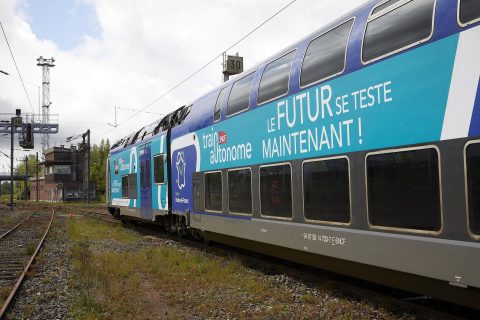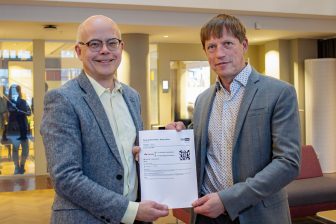
ATO prototype prepared for two-year trial in France
source: SNCF / Laurent Mayeux
SNCF and several partners are fine-tuning the operating system of an ATO train prototype, after which a two-year trial phase will start. The Regio 2N train with GoA2 will operate on the railway net in Northern France. The French national operator works with Alstom, Bosch, Spirops, Thales and the Railenium Technology Research Institute in the project.
Want to read more?
You have read all of your free premium articles for this month. Please become a subscriber to keep reading.
Subscribe now!
Take advantage of our exclusive offer to get full access to all premium content.



